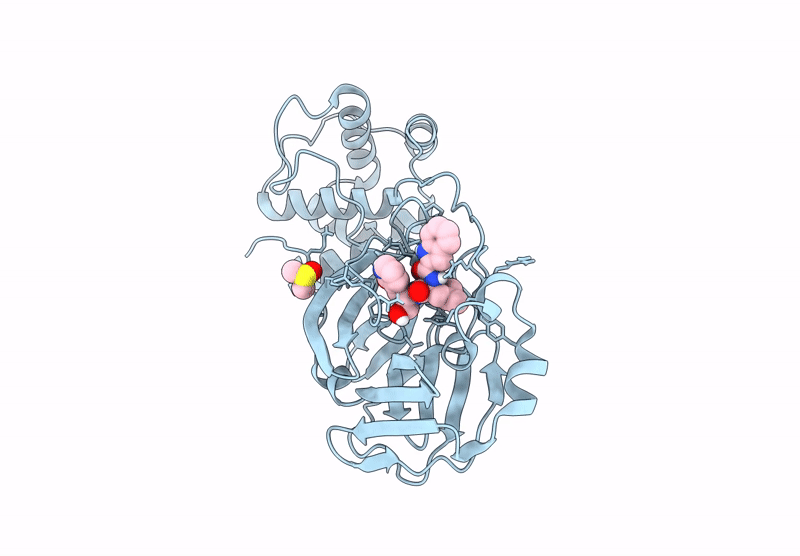
Deposition Date
2024-06-26
Release Date
2025-01-15
Last Version Date
2025-01-22
Entry Detail
PDB ID:
9CEC
Keywords:
Title:
SARS-CoV-2 3CL Protease complexed with covalent inhibitor BC671
Biological Source:
Source Organism:
Host Organism:
Method Details:
Experimental Method:
Resolution:
2.36 Å
R-Value Free:
0.25
R-Value Work:
0.19
R-Value Observed:
0.20
Space Group:
C 1 2 1


